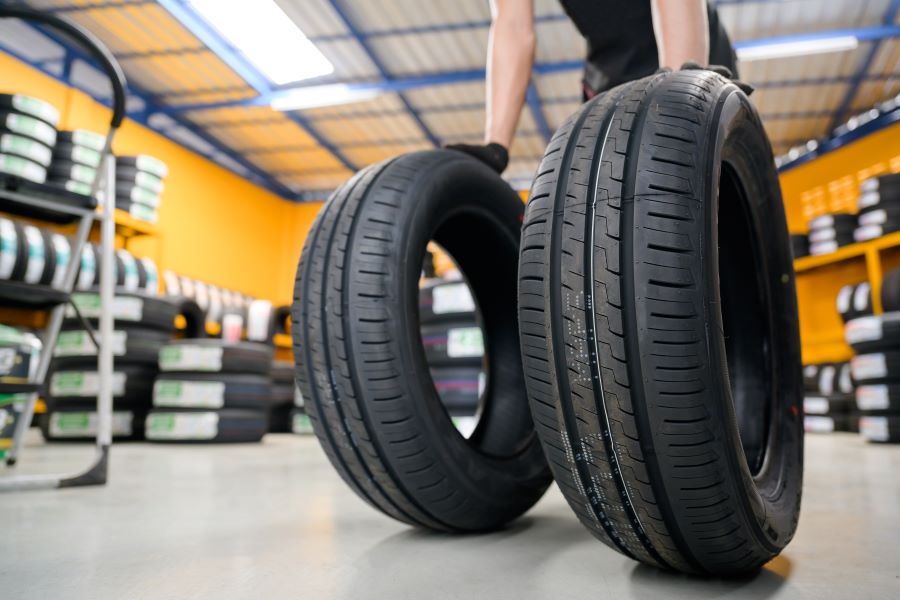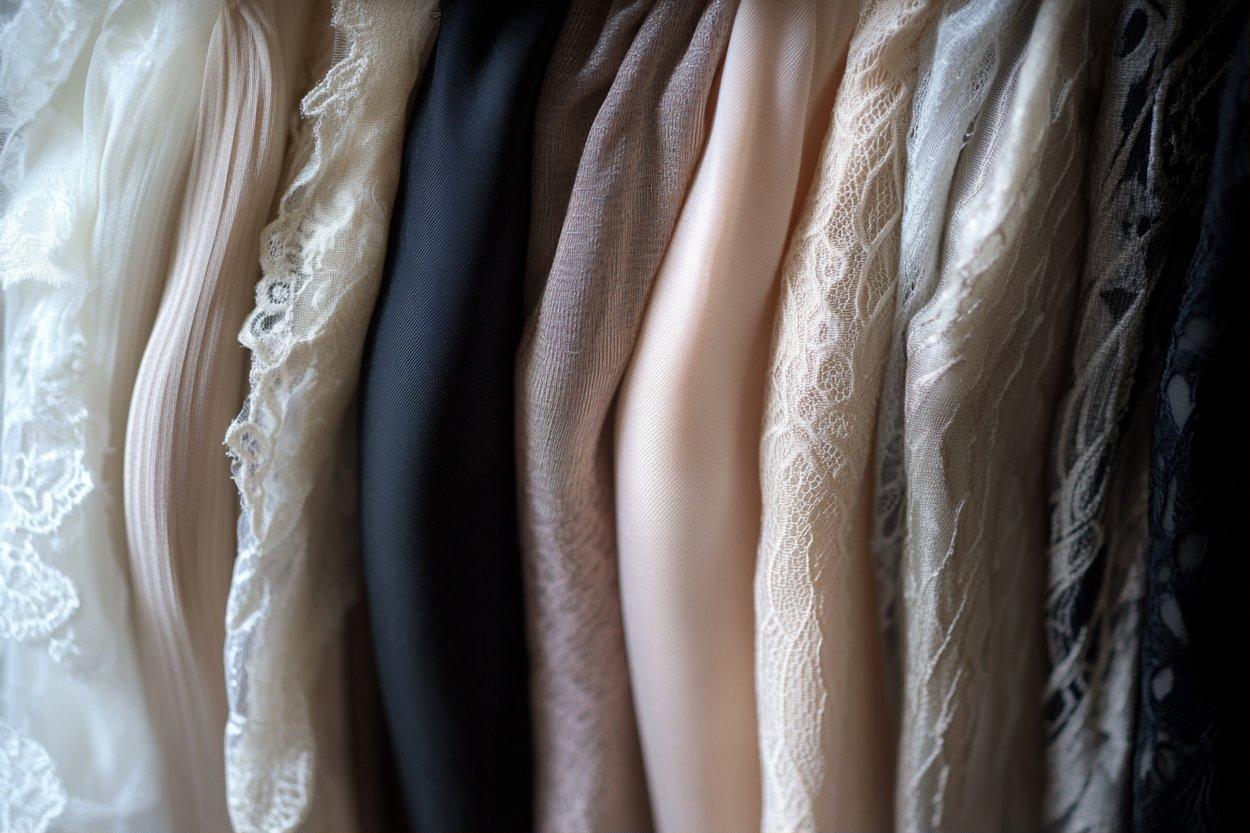A Deeper Dive into Cryotherapy: The Cold Truth of Beauty and Fitness
The wellness and beauty industry is notorious for its constant flux, with trends coming and going at an astonishing pace. However, one practice that has recently gained significant traction, and shows no signs of cooling down, is cryotherapy. This practice, though not new, has been increasingly embraced by the beauty and fitness industry for its various physical and aesthetic benefits.

The Frosty History of Cryotherapy
Cryotherapy, which translates to “cold therapy,” traces its origins back to ancient civilizations. The Egyptians used cold treatments as early as 2500 B.C. to reduce inflammation and pain. In the 17th century, cold therapy was used in Europe to treat a variety of conditions, including migraines, musculoskeletal pain, and skin diseases.
Fast forward to the 1970s, when Dr. Toshima Yamaguchi of Japan began using freezing treatments on his rheumatoid arthritis patients. He found that rapid short-term freezing of the skin’s surface led to immediate release of endorphins and was more beneficial in managing pain and inflammation than gradual cooling in an ice bath. This marked the birth of modern cryotherapy.
Cryotherapy in Today’s Beauty and Fitness Landscape
In recent years, cryotherapy has been reinvented and repackaged for the beauty and fitness industry. It’s been hailed as a miracle treatment for everything from weight loss and cellulite reduction to skin rejuvenation and anti-aging.
In the fitness sphere, cryotherapy is often used as a recovery tool. The cold exposure is believed to reduce inflammation, soothe muscle pain, and accelerate recovery time. In the beauty domain, cryotherapy treatments are marketed for their ability to boost collagen production, reduce signs of aging, and give skin a rejuvenated, youthful glow.
The Science Behind the Chill
Cryotherapy works on the principle that cold can stimulate the body’s natural healing mechanisms. When exposed to cold, the body goes into a sort of “survival mode,” constricting blood vessels to maintain core body temperature. Once out of the cold, the body rushes warm blood back to the skin, which is believed to help flush out toxins and stimulate cellular regeneration.
While research is still ongoing, some studies suggest that cryotherapy can offer several benefits. A 2017 review in the Journal of Strength and Conditioning Research found that whole-body cryotherapy could help reduce muscle soreness after exercise. Another 2014 study in Clinical Rheumatology suggested that cryotherapy might help relieve pain and improve quality of life for people with fibromyalgia.
A Cool Look at Market Impact and Future Trends
The global cryotherapy market was valued at USD 3.8 billion in 2020 and is projected to reach USD 6.7 billion by 2025. This growth is largely driven by the increasing use of cryotherapy in sports and beauty industries.
While cryotherapy is currently a popular choice among celebrities and athletes, the trend is also trickling down to everyday beauty and fitness enthusiasts who are eager to experience these cold benefits. As this trend continues, we can expect to see more beauty and fitness centers incorporating cryotherapy into their offerings.
Concluding Thoughts: Is Cryotherapy Worth the Freeze?
Like many trends in the wellness and beauty industry, cryotherapy is not a magic bullet. It’s a tool that can complement a balanced diet, regular exercise, and a comprehensive skin care routine. As always, it’s crucial to do your research, consult with professionals, and consider your personal health before jumping into new wellness practices like cryotherapy. If used responsibly, however, this cold therapy can be an invigorating addition to your beauty and fitness regime.




